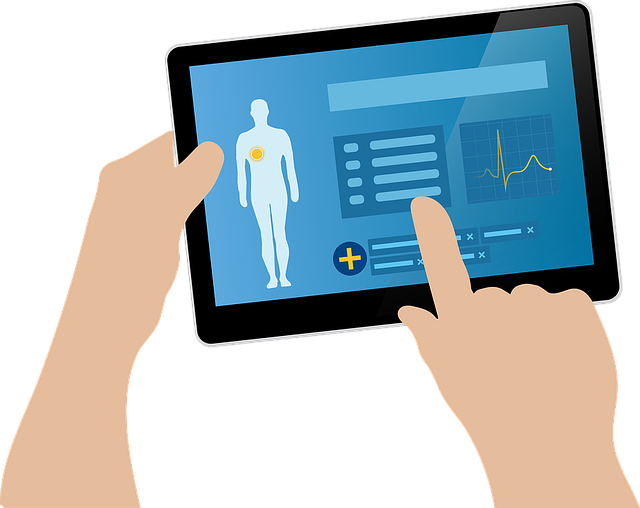The iPhone and iPad are changing the world of medical devices as we know it
Thanks to their familiar interface, web connectivity, and powerful processing capabilities, with the right app and plug-in these iOS devices can work as super-smart medical devices that make sharing as easy as the push of a touchscreen button. Consumers can now access increasingly high-quality medical devices, making it easy to be more actively engaged in their own health.

And home and rural caregivers can benefit from the portability and versatility of the iPad and iPhone based devices.
The iPad and the iPhone are a huge hit thanks to their ease of use, mobility, and Internet connectivity.
And of course, the huge range of available apps has amazed all of us with just how many functions these devices can perform. In health care, another huge benefit of these devices is that they can provide the functionality of a wide range of medical devices with just a few simple add-ons and plug-ins.
The processing power, big color screen, and touchscreen interface allow these iOS devices to provide the core computing platform necessary for many diagnostic devices. We expect the market for iOS-based medical devices to explode in the near future as new apps and extensions are designed and developed. These devices will prove useful in the clinic, and at home as patients with iOS devices take a more active role in their own care.
Thanks to the iPhone, suddenly everyone has a medical device in their pocket,” said Sean Mehra of HealthTap, an interactive community of patients and physicians exchanging personalized health care information.
Below I’ll discuss three examples of powerful iOS medical devices I’ve found that already exist.
1) The Withings Blood Pressure Monitor
French company Withings developed this blood pressure monitor that features an app and a cuff that fits most average-sized people. Accurate data on your blood pressure can help you monitor hypertension, which can lead to serious consequences for your heart, brain, and kidney. The Withings monitor can even work with an iPod Touch and runs at $129. You can use the device to share your data with your doctor.
2) ECEM Pulse Oximeter
This device isn’t yet available to the masses, but given its utility, I imagine it will be soon. It features a small clip that attaches to your fingertip. The clip beams light through your fingertip to a receiver on the opposite side; the amount of light received is used to determine how much oxygen is saturated in your blood. Developed by the Electrical and Computer Engineering in Medicine research group together with the Pediatric Anesthesia Research Team at the University of British Columbia, it was originally created to help make anesthesia care safer in the developing world, but can also be useful to patients with a heart or lung problems such as emphysema.
3) iBGStar Glucose Meter
From Sanofi-Aventis comes this glucose meter app and plug-in. The glucose meter is a well-known device to anyone with diabetes. Today, diabetics test blood sugar with needles and a clunky kit; the iBGStar offers a small add-on to the iPhone that’s said to give better, more accurate results. Plus, getting your data on your iPhone means you can share it easily, and you can get reminders on your iPhone when it’s time for another check.
For more discussion of the benefits of these iPhone and iPad based devices, plus commentary on two more devices not discussed here and commentary from an expert on medical devices, visit the Software Advice blog for the original article.


